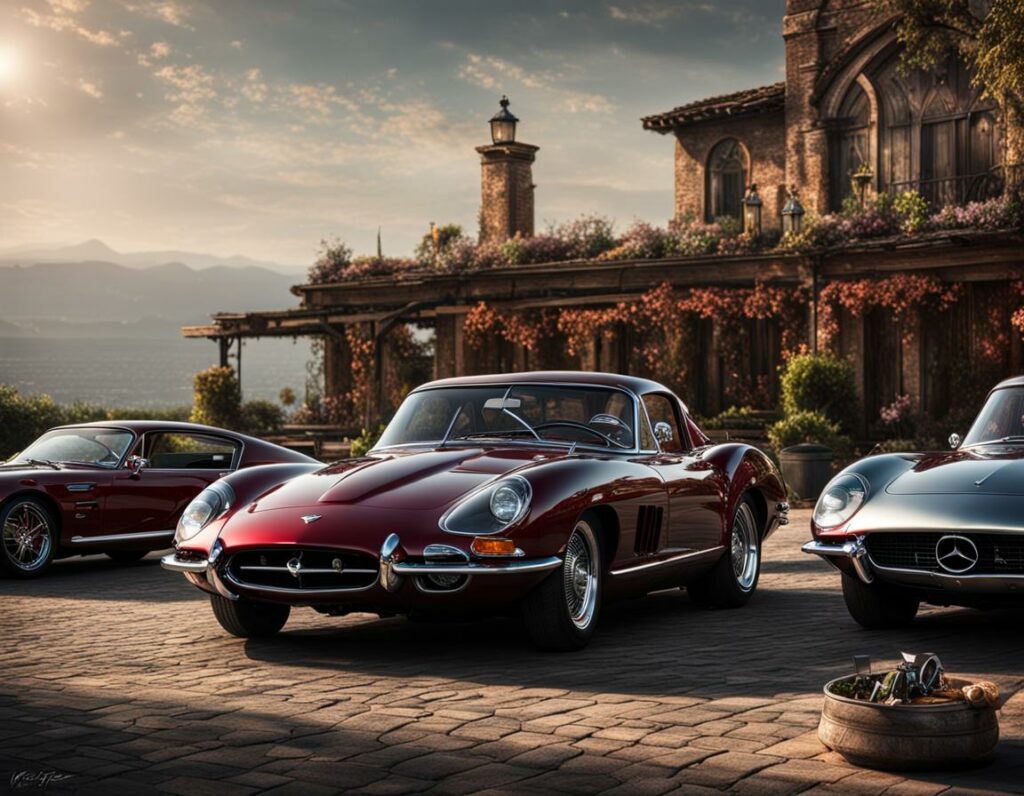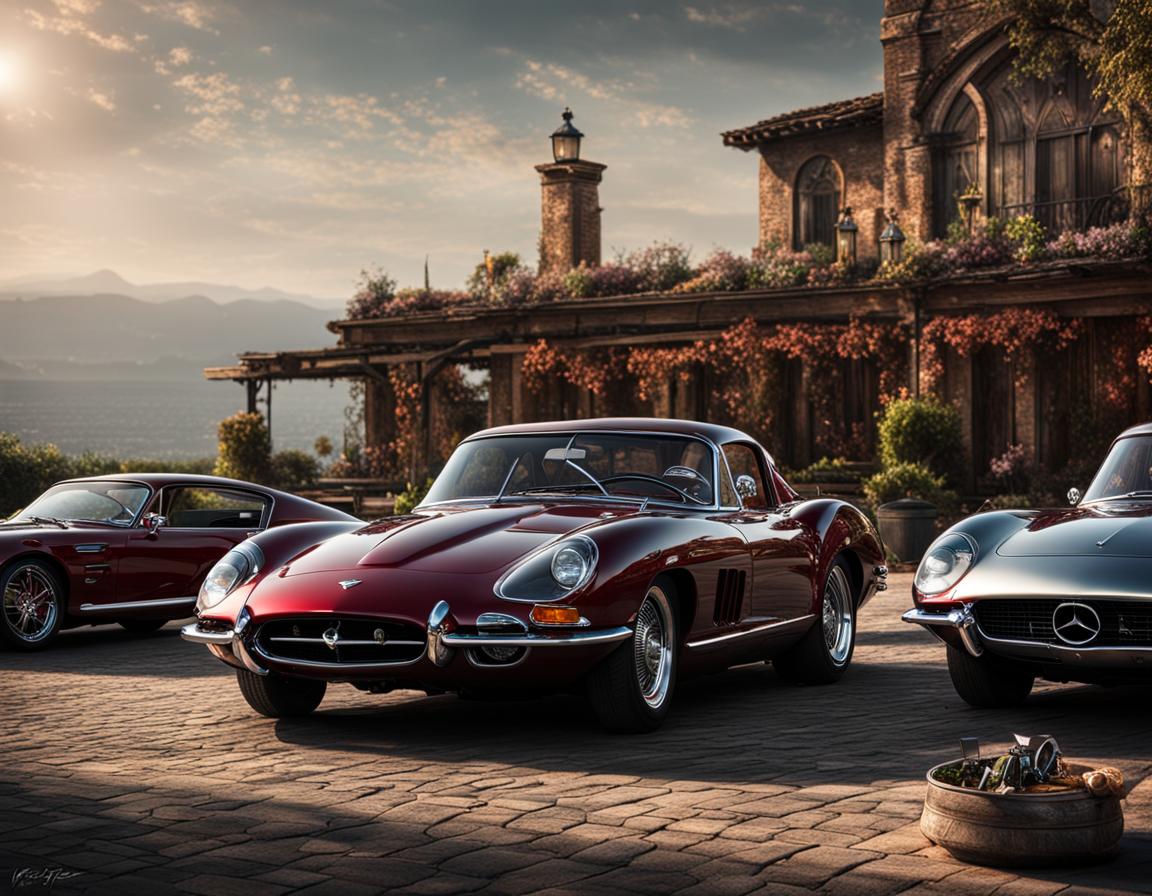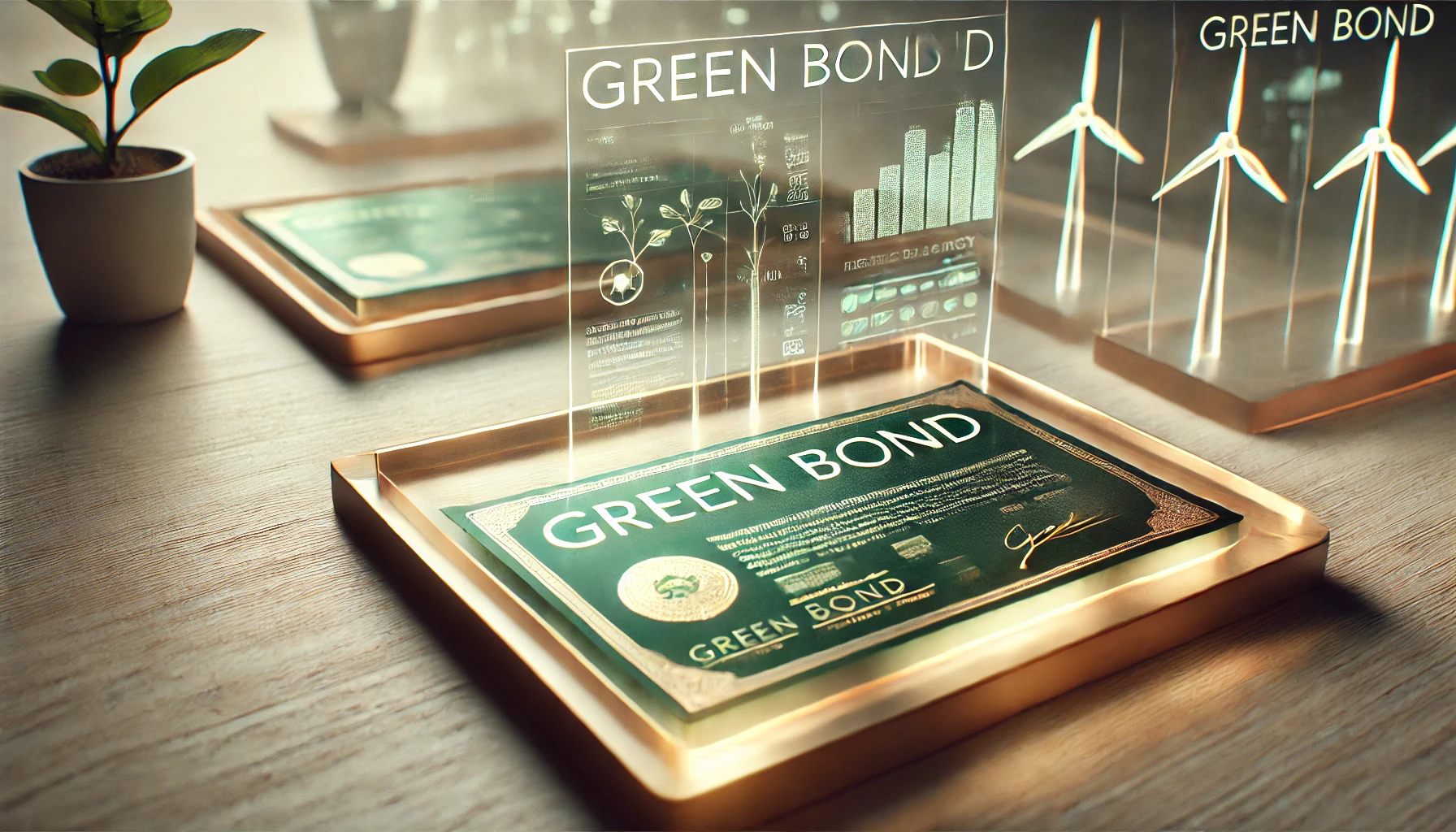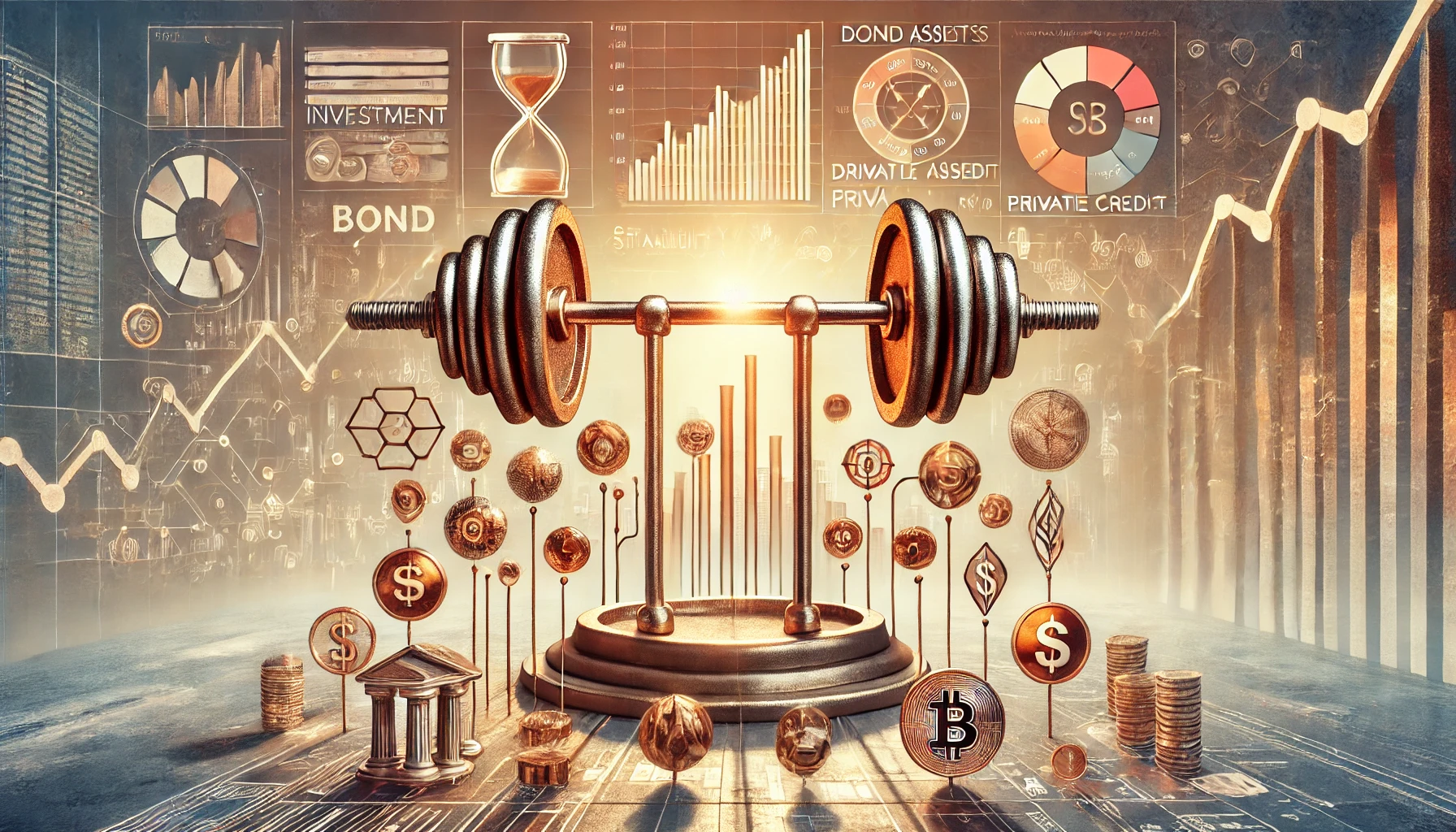
Introduction
As the collectibles market continues to expand, the primary sectors largely remain consistent. In this insight, we will describe the principal categories that maintain importance and value over the years. Classic cars, Fine Wine, and Jewelry stand out as three of the most important collectible items, with their significance remaining unaltered by the passage of time.
It is important to note that, beyond the financial aspect, these items are sought after for their significance and emotional bond, which resonates with each investor.
Classic Cars
Since the introduction of Ford’s Model T car in 1927, both lifestyle and the global landscape have undergone significant transformations. The automotive industry, in particular, has experienced massive evolution, reshaping markets and revolutionizing the way people move.
The Classic Cars market began to evolve in the late ’90s, spurred by a period of heightened public interest in automobile races. Racing cars from renowned names like Bentley, Rolls Royce, Ferrari, and Alfa Romeo became highly sought after. Defined as “an older type of car, usually one that is no longer produced and that people like to own because it looks very stylish or has special features” (Cambridge Dictionary), classic cars hold a distinct appeal.
The maintenance and usage of these vehicles play a pivotal role in preserving their value. Typically, the older the vehicle, the higher its value tends to be. However, like any other commodity, classic cars are subject to the dynamics of supply and demand, with prices rising as demand increases.
Data on the classic cars market predominantly rely on auction sales, constituting around 20-25% of the entire market. According to the “Industries and Markets: Classic Cars” report by Statista, the estimated value of the entire sector stands at approximately $31.6 billion in 2022, with an anticipated growth rate of 9.6% until 2026. Over the last three decades, many classic cars have changed hands through private exchanges and various sales channels.
The number of cars presented at major auctions has surged significantly, from 1521 in the 1993-94 season to exceeding 5000 in the seasons from 2014-15 to 2019-20, marking a notable growth trajectory in this dynamic market.
Fine Wine
The fine wine market has garnered substantial popularity, witnessing a consistent rise in value over the years. Within the realm of alcoholic goods, wine stands out as the most valuable and sought-after, boasting a remarkable variety.
Investing in wine commonly involves direct purchases from distributors, yet the primary focus remains on the secondary market, valued at around $5 billion. The allure of fine wine stems from its unique ability to preserve value, offering returns comparable to precious metals such as silver, art, and even gold.
The fine wine market has experienced expansion with the advent of online platforms, providing clients with the opportunity to trade and monitor key indexes conveniently. Additionally, the increasing accessibility of wine indexes and data is enhancing transparency within the wine market.
Various methods exist for trading wine, presenting investors with diverse avenues for engagement:
- By using online platforms, like live-ex, which contest online trading
- Purchasing directly through distributors or via fine wine retailers
- Participating at auctions houses
- Using arbitrage opportunities between largest markets, allowing the investor to gain by the prices spread
- Buying wine futures: this strategy allows the buyer to invest in a bottle of wine while it still is in the barrel, so before bottled.
- Wine funding vehicles are tools that allows inventors to bypass the meed for storage facilities: it works as a Private Equity fund, collecting investors money and buying shares in portfolios of investment-grade wine.
In the realm of collectibles, investing in wine emerges as a long-term vision for investors, emphasizing the crucial role of product maintenance in sustaining its high value.
A distinctive characteristic of the wine market lies in the tangibility of the product, setting it apart from conventional financial assets. Furthermore, the inherent value of wine tends to appreciate over time, offering the potential for increased value with the aging process.
While the perception of wine as a safe asset hasn’t been universally acknowledged, its role as a haven and hedge against equity risks is gaining recognition. Some scholars contend that wine returns are relatively resilient to economic downturns and fluctuations in equity markets, positioning it as a potentially valuable component in a diversified investment portfolio. This recognition contributes to the ongoing expansion of the wine market year after year.

Jewelery
Within the collectibles market, the presence of jewelry has perpetually held a pivotal role, serving as a symbol through which individuals express their social status. The possession of materials once owned by prominent figures is, in itself, a declaration of one’s standing in society.
Auctions stand out as the predominant method for both acquiring and divesting jewelry pieces, with the collectible jewelry auction sector boasting a valuation well exceeding $1 billion annually. This segment has witnessed a remarkable growth of 10% per annum over the last decade, fueled by the transformative impact of the digital revolution. The internet has provided an abundance of information about the world of jewelry, attracting newcomers eager to participate in the auction market.
The overall scale of the collectible jewelry market hovers around $10 billion per annum, underscoring the enduring appeal and economic significance of these exquisite adornments.
The rise of e-commerce platforms and new consumption habits in the form of online shopping helped the watches market. which increases its value by 5% per year, with a value per year of 5 billion USD in revenues.
Aging assumes a dual role in the jewelry market: while the age of a piece may contribute to its increased value owing to scarcity and demand, the reality is that its condition may have deteriorated based on the care it has received over time.
Conclusion
In conclusion, the dynamics of collectibles are rapidly transforming, propelled by the swift evolution of technologies. The three examples explored – Classic Cars, Wine, and Jewelry – stand as prominent pillars in the luxury collection market, alongside Art, Coins, and various other coveted items.
The integration of evolving technologies, particularly the influence of the digital revolution, has reshaped the way collectibles are bought, sold, and perceived. Online platforms and increased access to information have democratized participation in these markets, attracting a diverse range of enthusiasts and investors.
Join ThePlatform to have full access to all analysis and content: https://www.theplatform.finance/registration/
Disclaimer: https://www.theplatform.finance/website-disclaimer/




